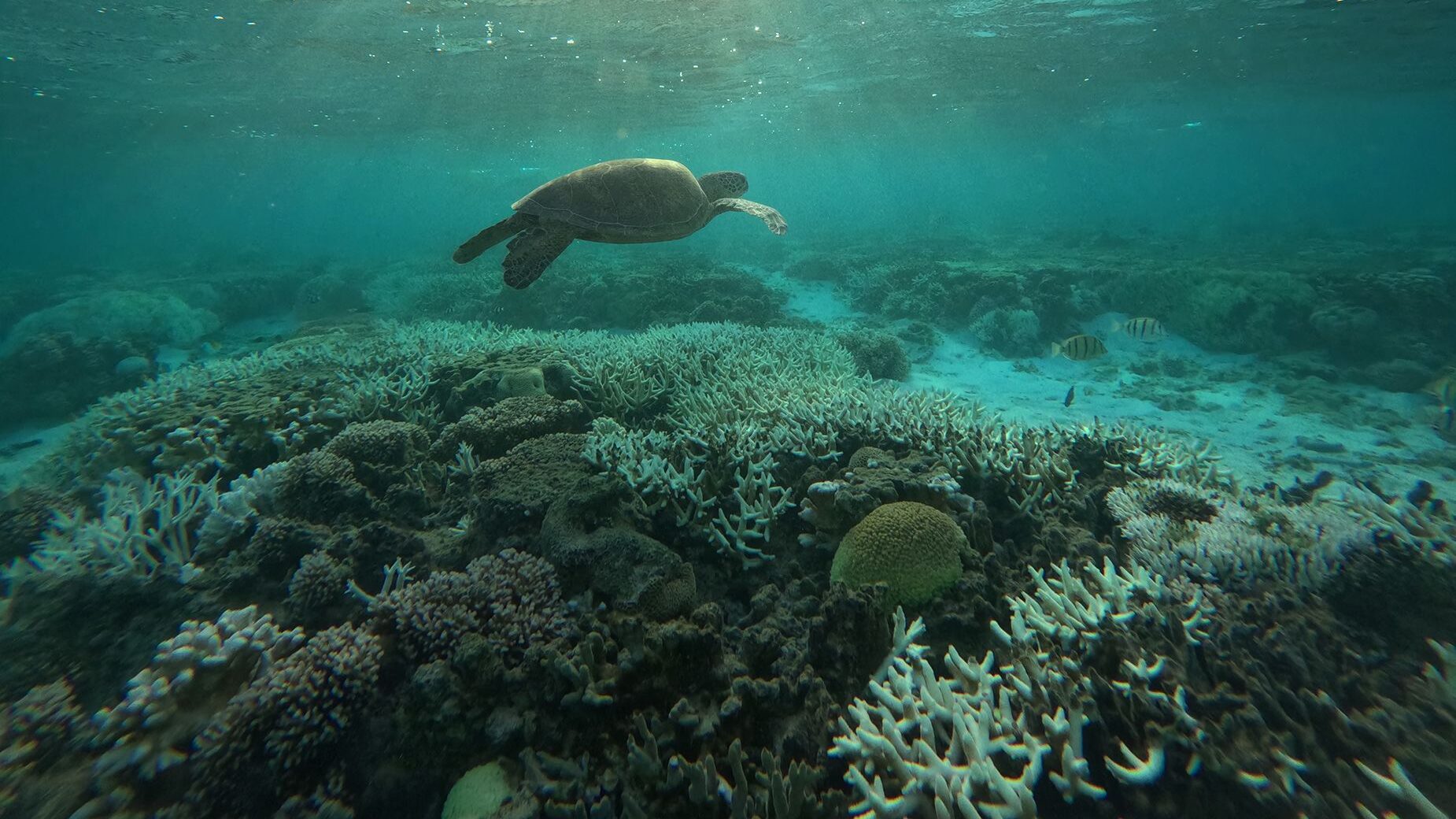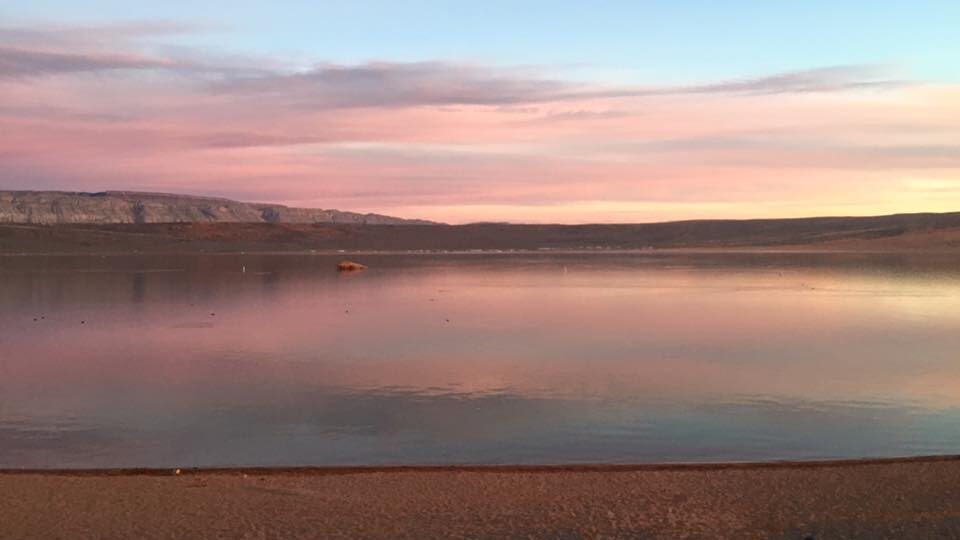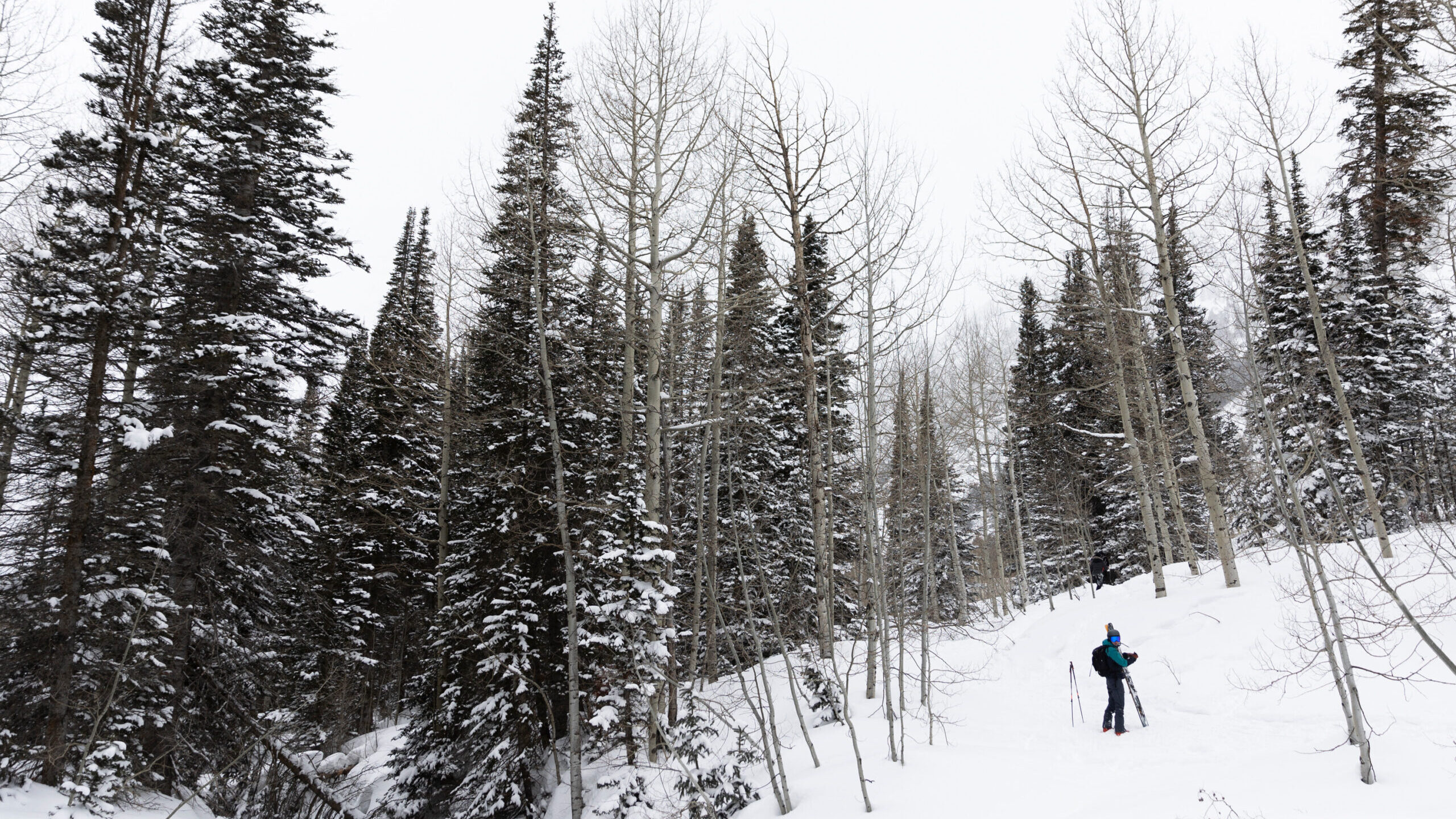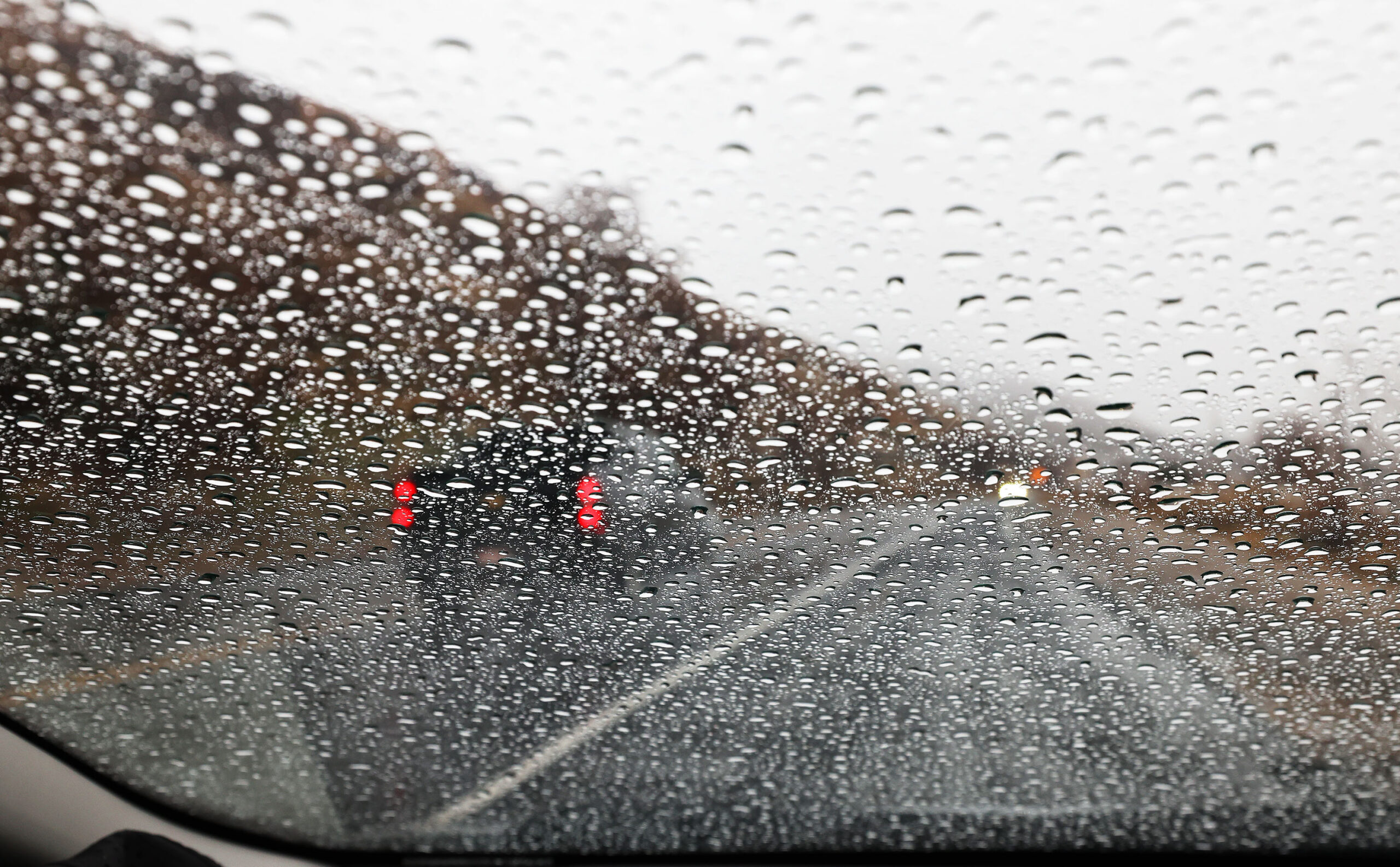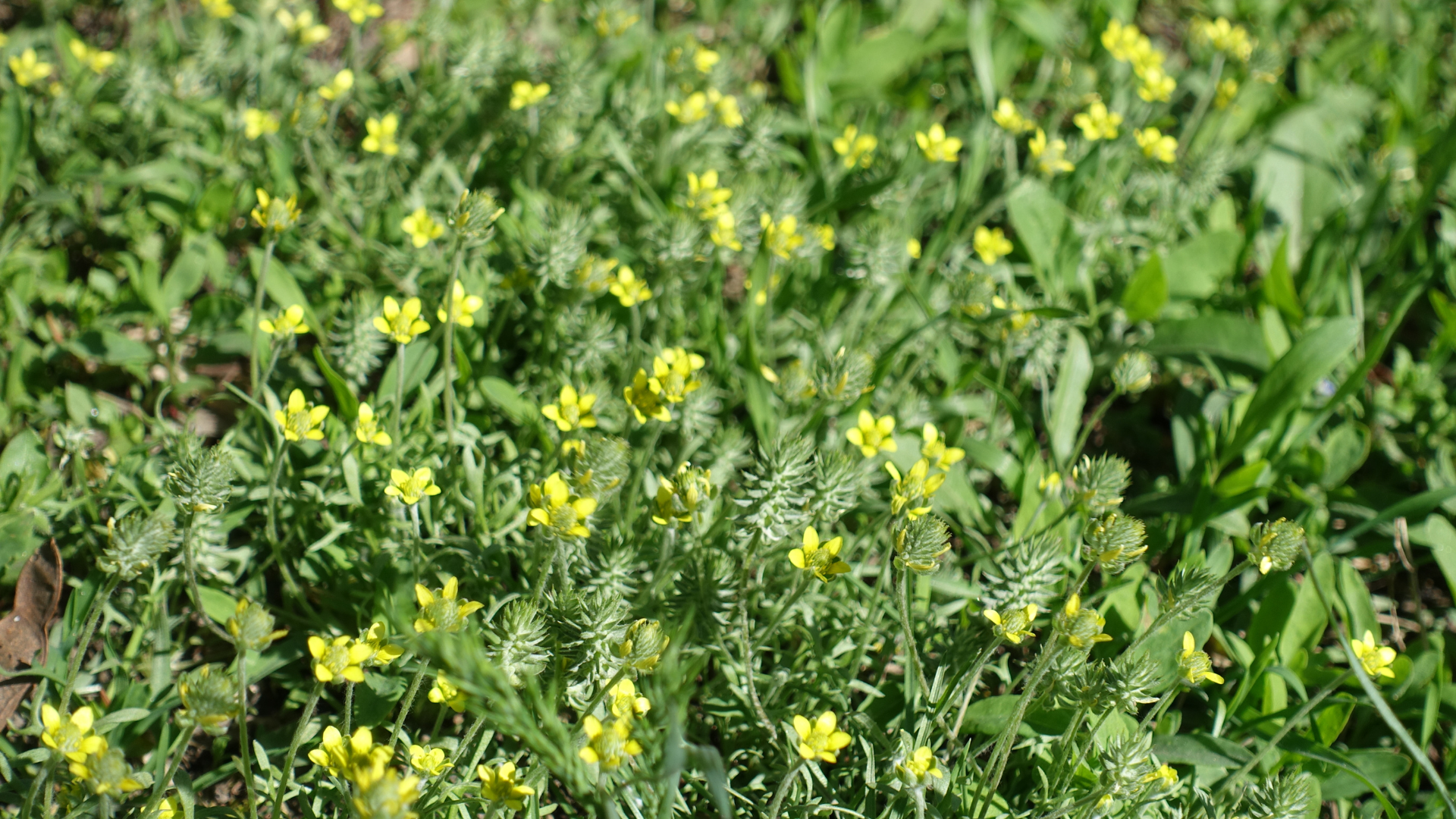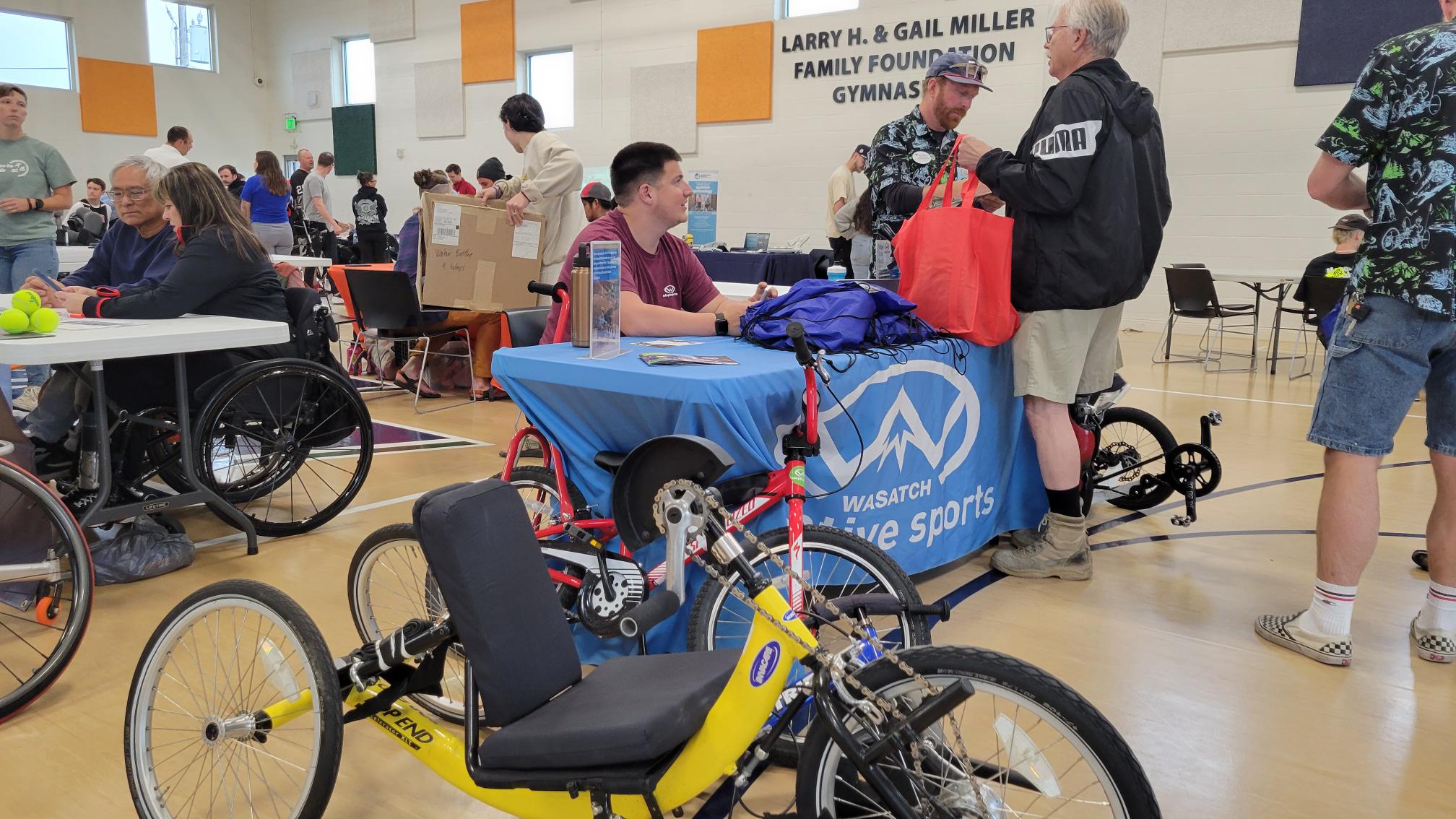Are redlined communities more at risk from the heat? Scientists want to find out
Jul 14, 2023, 10:00 AM | Updated: 11:18 am
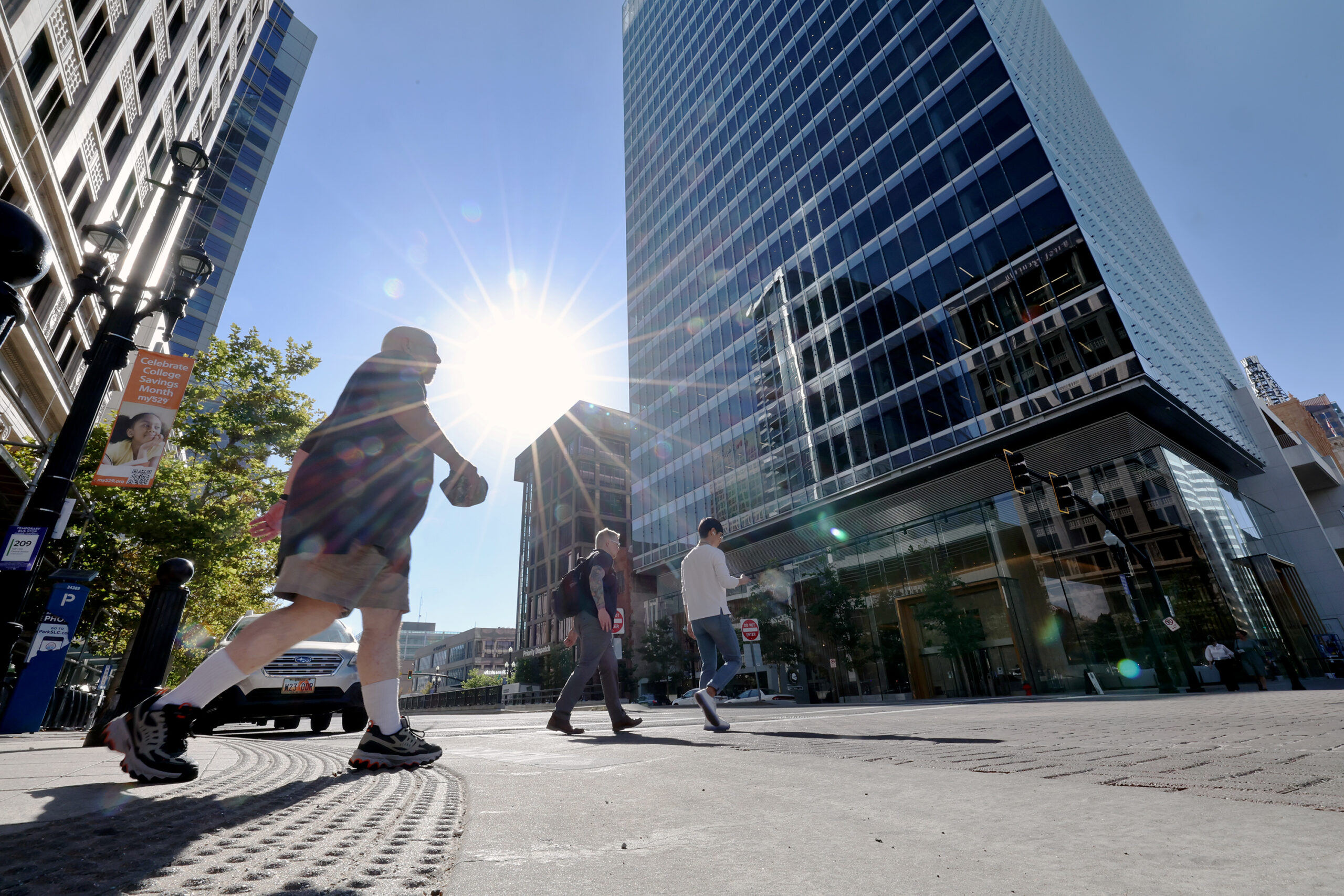
The sun shines down on pedestrians as they walk across the street in Salt Lake City on Tuesday, Sept. 6, 2022. (Scott G Winterton/Deseret News)
(Scott G Winterton/Deseret News)
SALT LAKE CITY — Some Utah scientists and students are conducting a study to find out the hottest parts of Salt Lake City, and whether certain areas are more at risk from the heat than others.
Urban Heat Island effect typically makes urban areas hotter. So, Rowland Hall’s science teacher Robert Wilson is leading a study for the National Oceanic and Atmospheric Administration with Utah State University to find out whether any urban neighborhoods will be more at risk from the heat. They call it the urban climate justice project.
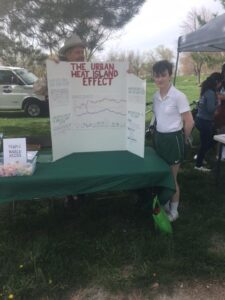
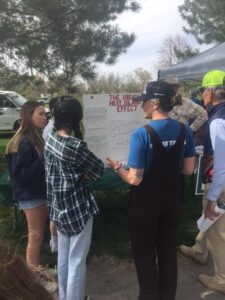
Photos provided by Rowland Hall Content Associate Ashley Atwood
“We’re looking at that burden of risk caused by heat and to see what neighborhoods have it, and then identify, well what can we do for these neighborhoods?” Wilson said. “Can we put in splash pads, does the city have the opportunity to plant trees?”
Wilson said they’ll look to see if some of the city’s west-side neighborhoods that were historically refused insurance because of factors like race, also known as redlining, correspond with hotter temperatures.
“All of our high-risk neighborhoods are to the West,” he explained. “In environmental justice and climate justice questions in cities, we know that redlined neighborhoods throughout the state are often at higher risk for environmental hazards like heat waves. ”
All day Saturday teams will drive 20-mile-long routes sampling temperatures in every region of the city. Wilson says they should have data in six to eight weeks.


